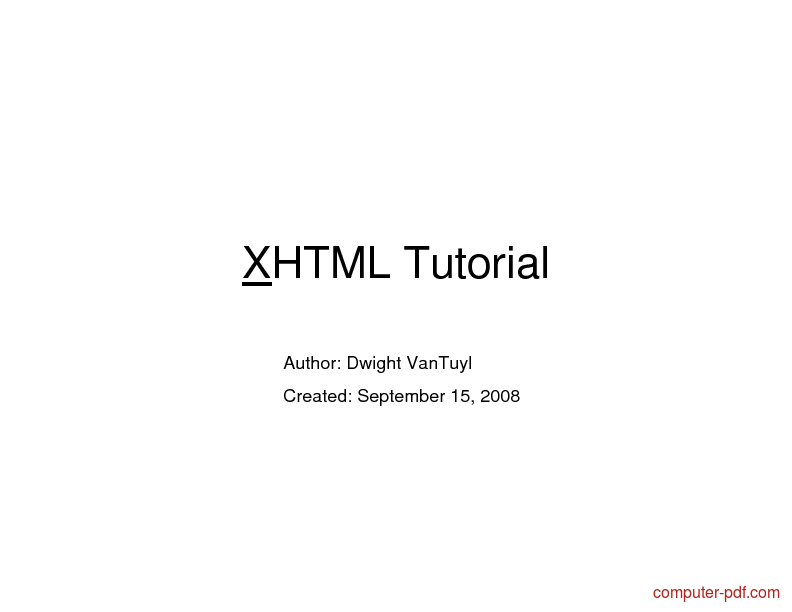

But we want to give it some generic structure.įirst, let's identify the different kinds of information in the recipe, and determine whether they are inline or block elements. The document already has the basic markup you've learnt about so far, paragraphs and headings. In the directory called recipes, inside the spice_emporium_site directory, there is a file called masaman_prawn.html. What good are generic elements? Well we can use them, in conjunction with the first attribute we are really taking a look at, to create our own elements, in a way, or at least to extend the logical markup capabilities of HTML. It's just a generic container for block content. When we ask "what kind of thing is a div?" There isn't really an answer. With generic elements, there is no semantic component. We say that these elements have a semantic component. If I ask, "what is a quote?", then there is a commonly understood answer. What do we mean by generic? Well, with elements like paragraph or quote, there is a kind of meaning that the element itself has. The div is a generic block element, while the span, as you might have guessed, is a generic inline element. HTML provides two generic container elements, the div and the span. Sadly, we can't just create an element and a element (though with XML (eXtensible Markup Language) we can do just that). Suppose we want to markup a recipe, with ingredients, steps in the method, and so on. It can't possibly contain elements for every kind of information required for every purpose. What happens when we have a kind of information which is not catered for by an existing element? Let's face it, HTML is a relatively simple set of elements. We've seen that HTML has elements for paragraphs, emphasis and so on. Generic document structureīefore we move on from the subject of structuring documents with HTML, let's look briefly at the idea of generic structure.
XHTML SAMPLE PAGE HOW TO
To give you a feel for the how the course works here's the chapter where you'll learn how to use s and s together with the class attribute. For example, you can add a tooltip for the table ofcontents section so that the user knows why the text is there.Westciv downloadable courses html and xhtml You can use the titleattribute of most XHTML elements to add a tooltip, a small string oftext that appears when the mouse cursor is positioned over a particular XHTMLelement for a few seconds. You might try looking upCharles Babbage onWikipedia. We will now discuss thehistory ofprogramming. Inthe example below, line breaks are used to format a table of contents. Line breaks are appropriate for short linesof text that should appear one after another without much space in between.

You can force the browser to break aline by using the br element. You might try looking up CharlesBabbage onWikipedia.īrowsers ignore line breaksin your text and automatically wrap lines. The abacus was about as fun as a bag ofrocks. Wewill now discuss the history of programming. Typically you can simply copy the meta element shown below directly into your XHTML documentand not worry about the meaning of the various attribute values. The content attribute indicates that the markup is text-basedHTML with a character set of UTF-8. Inthe example markup below, the http-equiv attributeindicates that the given meta element is specifying information about the contentof the markup.

The meta element is used to define the character encoding. Briefly, Unicode is an industry standardallowing computers to consistently represent and manipulate text expressed inany of the world's writing systems (Wikipedia, Unicode TransformationFormat ). The mostaccepted character encoding for XHTML markup is UTF-8 (8-bit UnicodeTransformation Format). All markup documents shouldspecify the character encoding in which they should be displayed.


 0 kommentar(er)
0 kommentar(er)
